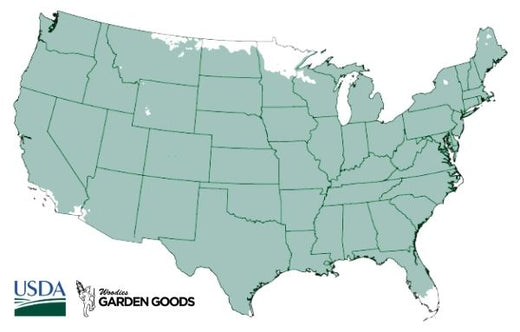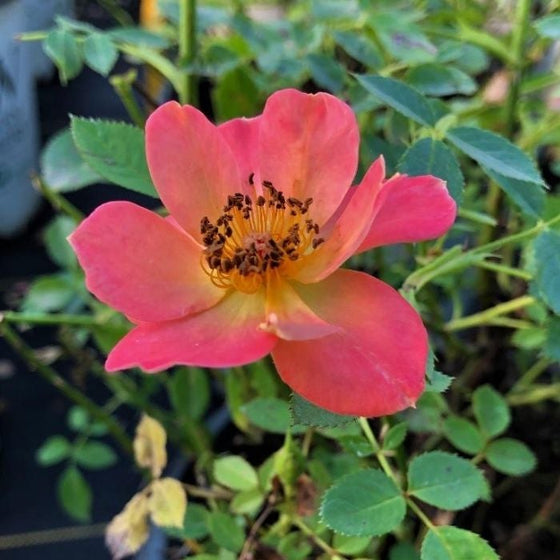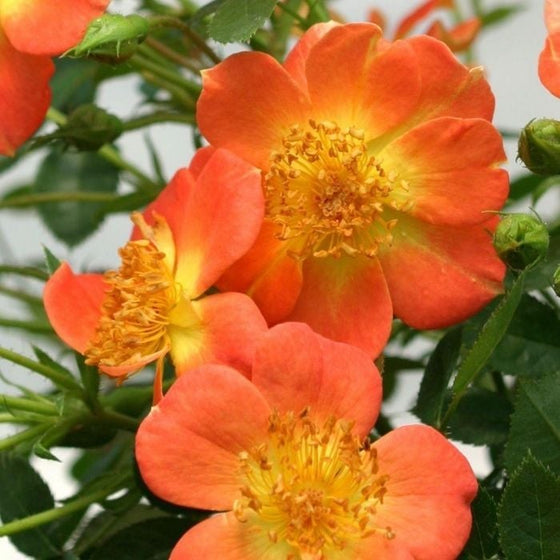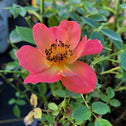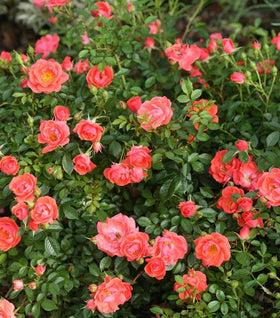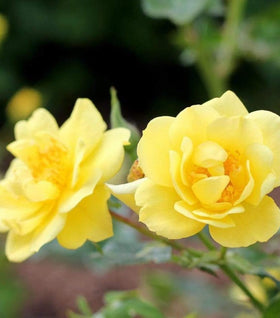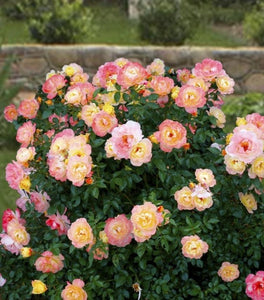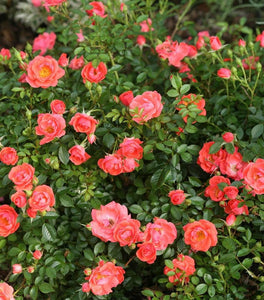Images Depict Mature Plants
Oso Easy Paprika Rose Bushes for Sale Online
Oso Easy Paprika Roses start out as a beautiful orange and fade to coral with a golden center. Oso Easy Paprika Roses bloom from Summer to frost.
Like all of the Oso Easy® roses, it is highly disease resistant and easy to care. Try planting it in a flower garden, or incorporate it into the landscape as a low hedge, edging, or specimen.
They are very cold hardy, carefree, and disease resistant. It's low, the mounded shape makes it an ideal selection for any size landscape.
| Hardiness Zone: | 4-9 |
|---|---|
| Mature Height: | 1 to 2 Feet |
| Mature Width: | 2 to 3 Feet |
| Classification: | Broad leaved deciduous shrub rose |
| Sunlight: | Full sun for best blooms |
| Habit: | Small mounding |
| Foliage: | Dark green |
| Flower Color: | Bright orange, pink |
| Pruning Season: | Prune in late winter |
| Soil Condition: | Any well drained soil |
| Water Requirements: | Water well until established |
| Uses: | Extremely attractive when used as in the mixed border, mass planting, or on a hillside |
Growzone: 4-9
![Proven Winners® Color Choice® Oso Easy® Paprika Rose Hardiness Zone 4-9]()
